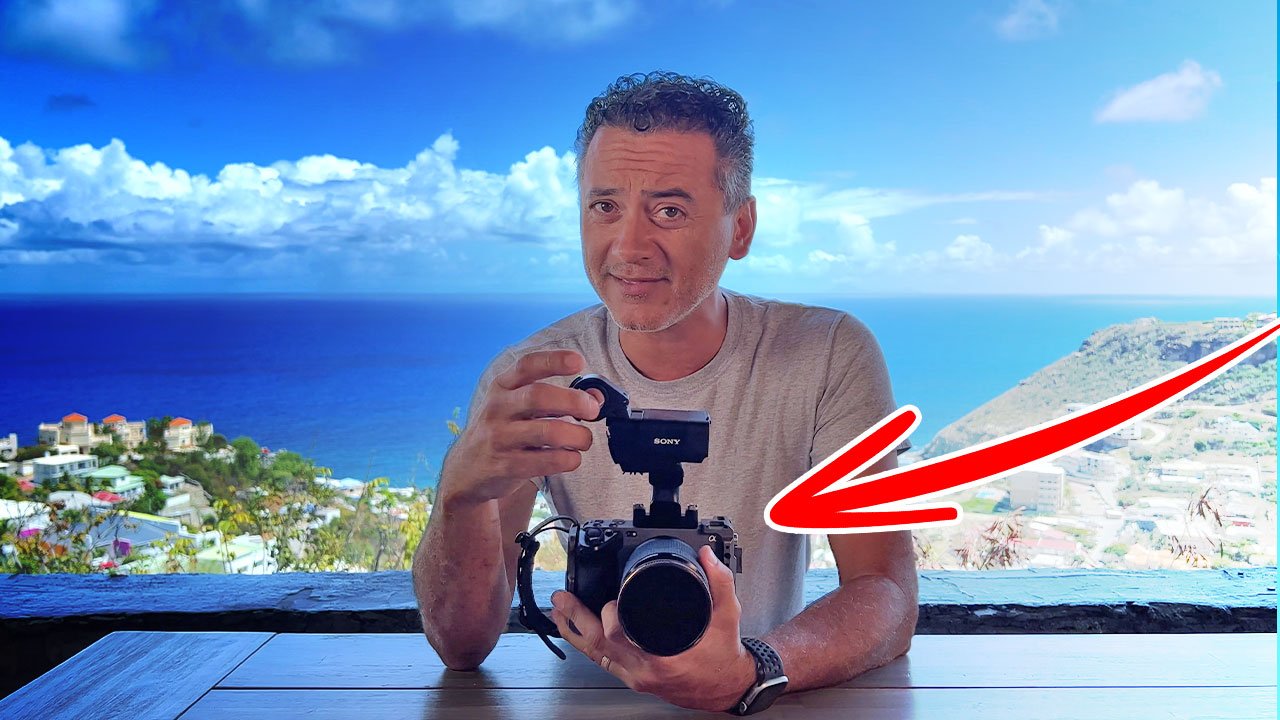The Greatest SONY FX3 Update?
The SONY FX3 is a full-frame digital cinema camera that is designed for professional filmmakers and videographers. This camera is the latest addition to SONY's FX line of cinema cameras and is a compact and lightweight option that is perfect for on-the-go shooting. The camera has a number of advanced features that make it a top choice for professionals in the film and video industry.
One of the standout features of the SONY FX3 is its full-frame sensor. This sensor is the same one that is used in the SONY A7S III camera and is known for its excellent low-light performance and dynamic range. With this sensor, the FX3 is able to capture stunning footage in a wide range of lighting conditions, even in low-light situations.
The camera also has a number of other advanced features that make it an excellent choice for professional filmmakers. It has a high-speed autofocus system that is both accurate and reliable, making it easy to capture sharp footage even when shooting on the move. The camera also has a built-in 5-axis image stabilization system that helps to reduce camera shake and produce smooth, steady footage.
Anamorphic Lenses
Anamorphic lenses are the secret ingredient to achieving that elusive cinematic look in your videos. These lenses are essential for filmmakers and videographers who want to add a touch of magic to their work. In this blog post, we'll explore what anamorphic lenses are, how they work, and why they're so important for creating stunning visuals. We'll also take a look at how the SONY FX3 camera can work in tandem with anamorphic lenses to create truly incredible footage.
First, let's start with the basics: what are anamorphic lenses? Simply put, anamorphic lenses are lenses that stretch the image horizontally. When you use an anamorphic lens, the image you capture is wider than what a traditional lens would capture. This results in an image that has a unique, cinematic look. Anamorphic lenses are commonly used in movies and TV shows to create a widescreen, panoramic effect.
But how do anamorphic lenses achieve this look? To understand this, we need to take a look at how traditional lenses work. A traditional lens captures an image in a rectangular frame. The image has a specific aspect ratio, which is the relationship between the width and the height of the frame. The most common aspect ratio for movies is 2.39:1, which is wider than the standard 16:9 aspect ratio of most TVs and monitors.
Anamorphic lenses work differently. They squeeze the image horizontally, which compresses the width of the image. This compressed image is then stretched back out when it's projected, creating a wider image with a higher aspect ratio. This stretching and compressing of the image is what gives anamorphic footage its unique look.
So why are anamorphic lenses so important? For one, they're essential for creating a cinematic look. Anamorphic footage has a unique, widescreen aspect ratio that sets it apart from traditional footage. This is especially important for filmmakers who want their work to stand out from the crowd. Anamorphic lenses also give footage a certain "character," with unique lens flares and distortions that add to the overall look of the footage.
The SONY FX3 camera is a great choice for using anamorphic lenses. This camera is designed specifically for videographers and filmmakers, with features like 4K resolution, high-speed autofocus, and S-Cinetone color science. The FX3 also has a full-frame sensor, which means it can capture more detail and produce a shallower depth of field than cameras with smaller sensors.
When paired with anamorphic lenses, the SONY FX3 can produce stunning footage that looks like it was shot on a Hollywood movie set. The camera's full-frame sensor and high-resolution capabilities make it the perfect choice for capturing the unique, widescreen aspect ratio of anamorphic lenses. And with features like S-Cinetone color science, the FX3 can produce footage with rich, cinematic colors that perfectly complement the anamorphic look.
Squeeze and De-Squeeze?
This is where things get interesting. Typically, anamorphic lenses are unique lenses that stretch the image horizontally to achieve a wider aspect ratio. However, the process of stretching the image results in a squeezed image that needs to be de-squeezed in post-production.
De-squeezing anamorphic footage is the process of restoring the correct aspect ratio to the image after it has been stretched by the anamorphic lens. This is achieved by using software to stretch the image back out to its original aspect ratio. This process is necessary because the squeezed image looks distorted and stretched out of proportion when viewed without being de-squeezed.
There are a number of ways to de-squeeze anamorphic footage, depending on the software and workflow being used. Many editing software programs have built-in de-squeeze functions that can automatically de-squeeze anamorphic footage during the editing process. Other programs, like DaVinci Resolve, offer dedicated de-squeeze tools that allow for more precise control over the de-squeezing process.
It's important to note that not all anamorphic lenses have the same aspect ratio, so the de-squeezing process may vary depending on the specific lens being used. Some anamorphic lenses have a 2x squeeze factor, while others have a 1.5x squeeze factor. This means that the de-squeezing process will need to be adjusted accordingly to ensure that the aspect ratio is correct.
FX3 Update Download?
Sony is now offering this de-squeezing process in camera. Which means, no need to run it through a software like we used to. This. Is. HUGE! Follow the link to get the firmware update download today.
If you are looking for the best camera we’ve ever owned and shot with, check out the following link to get your own SONY FX3.
If you want to check out our favorite low-cost anamorphic lens for the SONY FX3, click right here.


